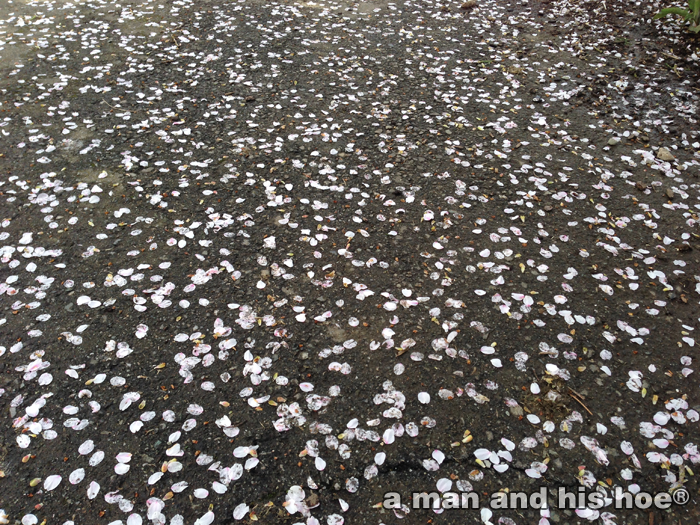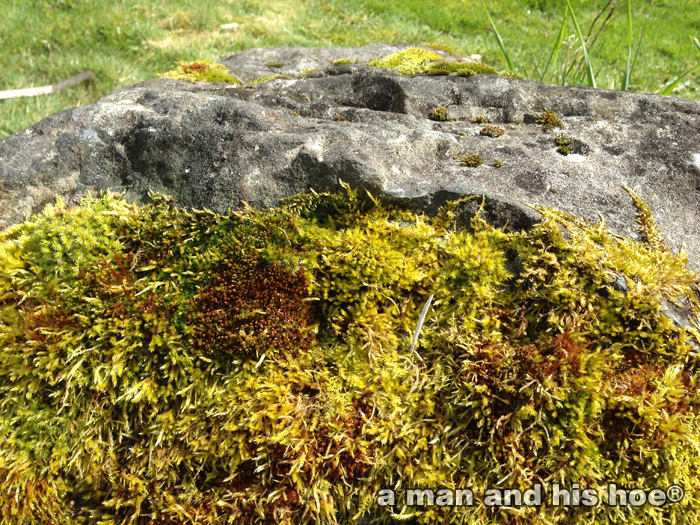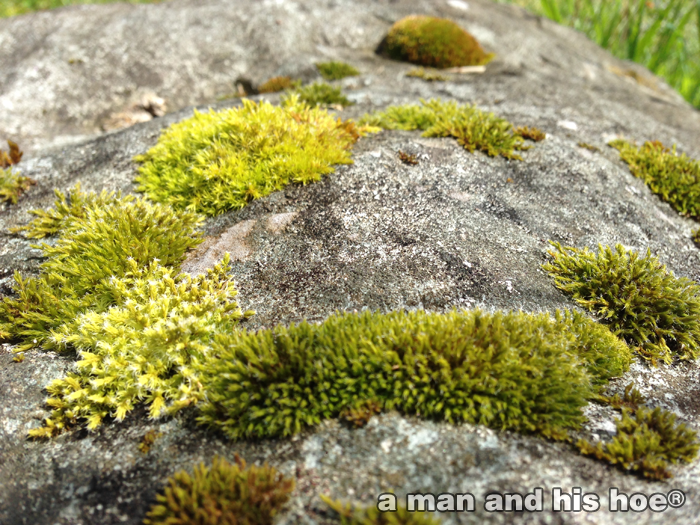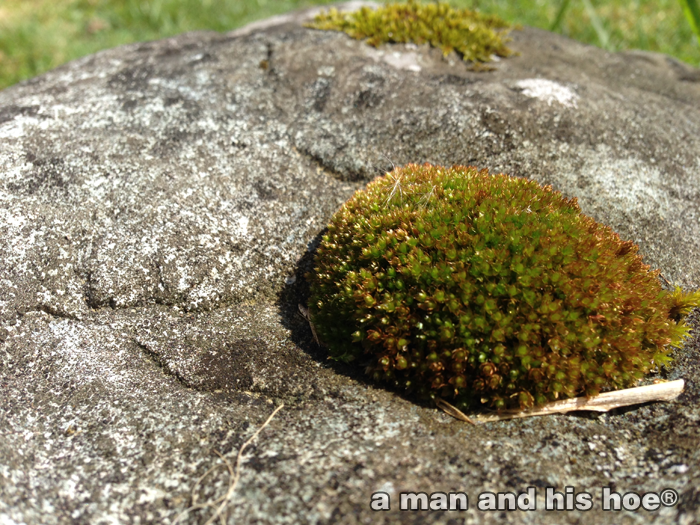Beauty is everywhere. When the chickens make their rounds, do they see beauty? When they walk over fallen cherry petals, do they just see good things to eat, or do they think it’s pretty? When they walk by moss covered rocks, do they just check to see if there is something to eat on the moss, or do they pause and enjoy the lush green?




I’ll never forget the day I ran into Madeleine taking a walk in the woods. She was the first hen I had who hatched and raised a clutch. A day or two after she was done rearing her brood, she was strolling down a path through the woods.
I watched her for some time. She seemed to be more than just looking for good things to eat. She seemed to be taking a much needed rest from having spent twenty four hours a day for over a month rearing nine chicks. It was like she was out enjoying being alone for the first time in a long time.
That was back in 2010. Madeleine is no longer living. But I’ll never forget her. Watching her care for her chicks convinced me that every chick deserves a mother.


This is beautiful, poetic almost. Thank you very much for writing this. I always enjoy reading your stuff.
You’re welcome.
Here is a highly speculative response to this question, frankly influenced by a guess, or intuition, or desire, that the answer is yes. Many animals have a response (relaxation, for example) to order and disorder (alertness, anxiety). One hesitates to call these “positive” or “negative” in other animals the way we tend to do when they occur in us. Anyway, order seems to be one principle at work in what we call beauty, even when what is beautiful is the disturbance of order. So …yes. If we pay attention to the physiological responses we have to beauty this might seem less strange. Chickens, I’m guessing, don’t theorize or interpret much when they take a restorative walk in the woods. Most likely there is no sighing over the ephemeral nature of the cherry blossoms, but that doesn’t mean they don’t respond to it. Well, I got a bit carried away here but now I want to think about what the implications of the disordered hyperuniformity of the cones in their eyes might be for this question.
Chickens’ brains are very small, so their ability to theorize or interpret is non existent or very limited. There’s no denying that. But they do have amazing eyesight and see colors we can’t. So their view of the world is vastly different then ours. I watch them pecking away in the grasses, and they detect tiny bugs I can’t see, and their response to moving things is amazing. I think the mistake we humans make regarding animals, is to think that because their brains are so tiny, that there is nothing of value in there. According to the National Human Genome Research Institute (http://www.genome.gov/12514316), “About 60 percent of chicken genes correspond to a similar human gene.” You might say we are more alike than we are different.